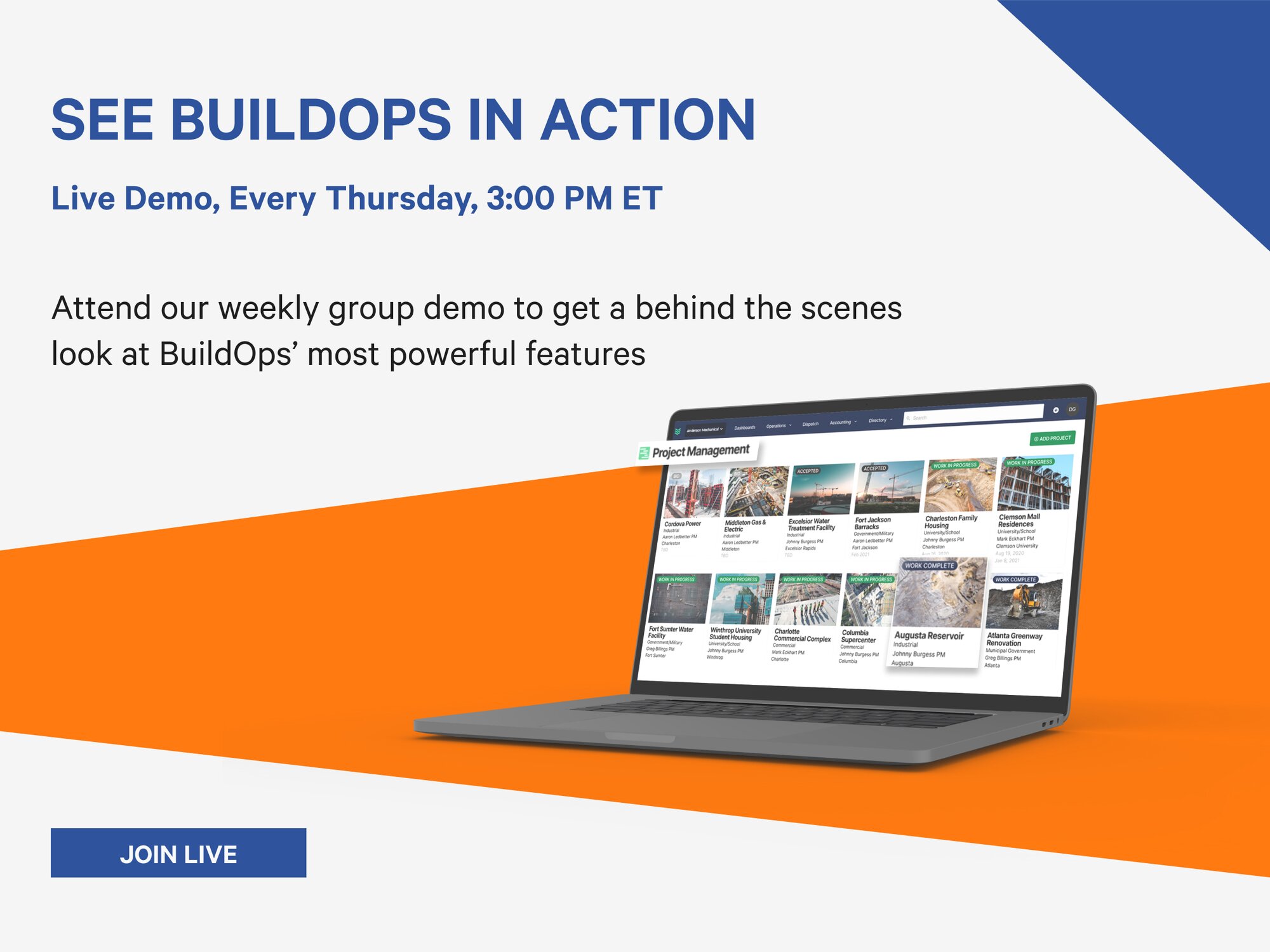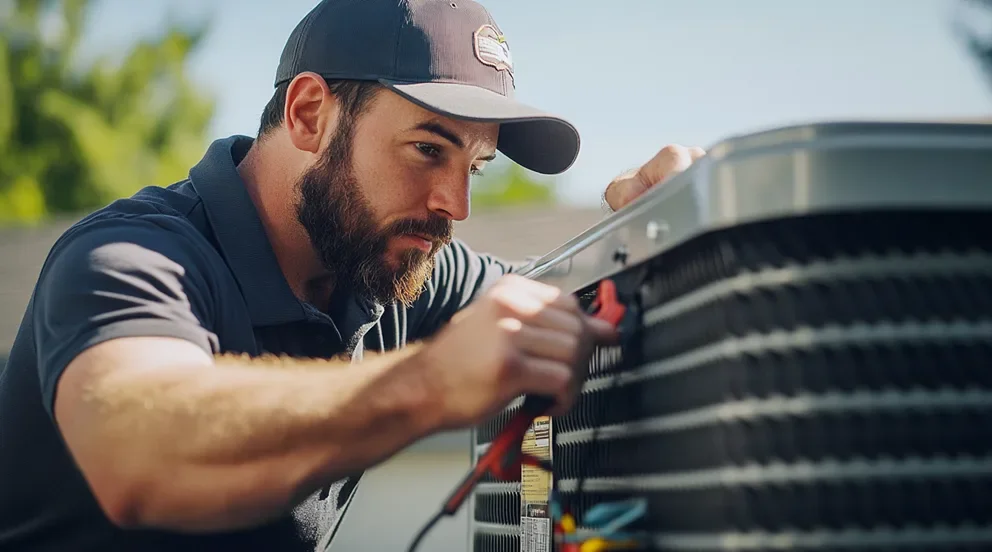Plumbing CAD software is a specialized tool that aids in the design, visualization, and simulation of plumbing systems. Engineers and designers commonly use it to create accurate plans and documentation for residential, commercial, and industrial projects. Incorporating various modules, it streamlines processes such as drafting piping layouts, sizing pipelines, and delineating water systems, thereby improving design efficiency.
This computer-aided design software is tailored to comply with industry standards, assisting plumbers and engineers in adhering to codes and regulations. Advanced features may include 3D modeling, clash detection, and material estimating, which enables professionals to predict potential design conflicts and budget implications prior to construction. The intent is to minimize errors and optimize the operation and maintenance of plumbing systems through precise planning.
Serving as a critical tool in project development, Plumbing CAD software is an integral part of sustainability initiatives and green building practices. By efficient planning of water systems, it contributes to water conservation and energy saving strategies. Utilizing this digital planning solution ensures both the longevity and reliability of plumbing infrastructures, setting the stage for better resource management.
Content:
- Transforming Industry Standards: An Insight into Plumbing CAD Software
- Redefining Plumbing: Harnessing the Power of CAD Software
- Technological Innovation in Plumbing Courtesy of CAD Software
- The Dawn of a New Plumbing Age: Exploration of CAD Software
- CAD Software: Catalyst in Modernization of Plumbing Industry
In an era where efficiency in design and construction is paramount, Plumbing CAD software emerges as a champion of innovation. Bridging the gap between traditional drafting and the digital sphere, these software solutions have redefined the realm of plumbing design. The intricate web of water systems requires precise planning, and plumbing professionals count on these platforms’ reliability.
From commercial skyscrapers to cozy residential homes, resilient plumbing is a critical element that affects daily life and functionality. In this comprehensive article, we delve into the capabilities and benefits of employing Plumbing CAD software across various construction undertakings. The emphasis is not only on the software’s functionality but also on its transformational impact on how plumbing design is executed.
With sustainability at the forefront of modern engineering challenges, plumbing CAD software provides a means to comprehend and address the complexities of water-related systems. The following sections of our article will explore how this technology brings precision, saves costs, and helps in materializing eco-friendly buildings. A narrative unfolds illustrating a futuristic architecture aligned with nature, facilitated by the sophisticated tools of today.
Transforming Industry Standards: An Insight into Plumbing CAD Software
In recent years, the plumbing industry has experienced a transformation, much of it due to the integration of Computer-Aided Design (CAD) software. This technology offers plumbers new realms of precision. With it, they can draft and implement complex systems on a digital platform before any pipes are laid. Intricate designs manifest with ease, bypassing the erstwhile tedious manual drafting process. Plumbing systems become less prone to errors, streamlining project completion and elevating industry standards.
CAD software specializes in the creation of customizable components, allowing plumbers to adapt quickly to site-specific needs. A tailor-made approach replaces one-size-fits-all, facilitating personalized solutions for diverse plumbing challenges. Importantly, the software possesses simulation capabilities. Water flow, pressure and temperature can now be modeled, endowed with predictive accuracy. Consequently, future system performances are anticipated, leading to preemptive troubleshooting. This assures greater reliability over traditional methods.
The transition to CAD software has also had an eco-friendly impact on the plumbing sector. By optimizing designs for efficiency, waste reduction follows naturally. Renewable materials are seamlessly integrated into these sophisticated designs. Also, with digital blueprints, the need for paper is significantly lessened, yielding an environmentally conscious approach. CAD’s precision design reduces resource waste, ushering in a more sustainable era in plumbing.
Moreover, the collaborative aspect of this software cannot be overlooked. With cloud-based options, multiple stakeholders, including engineers and architects, contribute to a unified design. Proximity no longer restricts collaboration; experts from different geographical locations refine and review projects in real time. The result is a coherent, competently cross-checked system — a testament to the synergistic potential CAD software unlocks.
Finally, training and adaptation remain essential as the industry shifts towards this technical paradigm. Skilled plumbers must learn to navigate CAD software to harness its full potential. Educational institutions and industry leaders are pivotal in fostering this shift. They need to offer training programs and encourage continuous learning. The plumbing industry stands poised on the brink of a new age of efficiency and sustainability, with CAD software leading the charge into the future.
Redefining Plumbing: Harnessing the Power of CAD Software
The advent of Computer-Aided Design (CAD) software has redefined plumbing, a sector historically reliant on manual design and labor-intensive processes. CAD has catalyzed change, introducing a new age of precision and efficiency. Traditional hand-drawn blueprints make room for digital schematics. These schematics pave the way to more accurate, less error-prone installations. Furthermore, this leap forward promises to make archaic the struggles associated with deciphering intricate plumbing plans.
Emerging as a powerful tool, plumbing CAD software arms technicians with an arsenal of features to tackle design intricacies. Virtual modeling offers a panoramic view of a system’s intricate web before construction even begins. This visibility grants the opportunity to pinpoint conflicts and design flaws early. Hence, costly on-site amendments and post-installation corrections diminish, saving both time and resources. The result is that projects now tend to remain within budget and schedule more consistently.
CAD software’s agility propels the plumbing profession towards modular and scalable project implementation. Each part of a plumbing system is customizable, streamlining modifications for particular client requirements or site constraints. Importantly, the software’s dynamic databases offer up-to-date technical information and specifications. Consequently, compliance with building codes and regulations becomes almost effortless, reassuring clients of safe and sound plumbing solutions.
The collaborative capabilities brought forth by plumbing CAD software have upended the traditional project workflow. Real-time editing and feedback facilitate a more dynamic design process, bridging the gap between different disciplines. Communication amongst architects, engineers, and plumbers is now smoother, weaving a tight-knit fabric of expertise around every project. Decisions occur with greater consensus, culminating in designs that are well-rounded and robust.
However, this technological shift necessitates a commitment to education and training within the plumbing community. Mastery of CAD software becomes the new benchmark for professional competence. Vocational schools, trade associations, and software developers must unite to provide comprehensive training programs. As existing plumbers embrace this digital frontier, the younger generation enters a field ripe with technological advancement. This alignment promotes continued innovation, securing plumbing’s critical role in modern construction.
Technological Innovation in Plumbing Courtesy of CAD Software
Plumbing, an essential yet often underrated component of modern infrastructure, has been revolutionized by technological innovation. CAD software emerges as the forerunner of this revolution, transforming the way plumbing systems are designed, analyzed, and installed. These digital tools serve as both a drafting instrument and a comprehensive platform to test various conditions. This dual capability ensures that the theoretical designs align with practical application, providing unprecedented foresight in the planning stage.
CAD software’s simulation functionalities elevate industry standards, enabling detailed analyses of water systems under various pressures and conditions. This predictive mechanism previews a system’s real-world behavior, anticipating problems before they physically arise. Anticipated scenarios can be used to optimize durability and performance, forging paths to longevity and stability within plumbing works. Such technological foresight helps to circumvent potential mishaps and paves the way for reliable, high-performing installations.
Environmental sustainability is no longer a lofty goal but a tangible reality bolstered by innovative CAD tools. Virtual prototyping and testing predict material needs with precision, circumventing the waste common in trial-and-error methods. The ability to integrate eco-conscious elements within virtual designs further underscores CAD’s role in promoting green initiatives. Plumber’s embrace of these tools displays a commitment to preserving resources and supporting a sustainable future.
Concurrently, the fabrication of plumbing components is streamlined with CAD technology. Software outputs guide cutting-edge machinery to produce parts with exact specifications, bridging design and production seamlessly. The fluid transition from a digital blueprint to a tangible product exemplifies the integration of technology in plumbing. Such advancements lend to the manufacturing of components that ensure tighter fittings and leak-proof systems, benefiting the end-user with reliable plumbing.
The transformation seeded by CAD software, however, hinges on the industry’s adaptability. As this innovative tool reshapes the landscape of plumbing design and implementation, educational reform becomes critical. This upskilling also positions the entire industry to continue evolving, making the most of the rapid technological advancements that define our modern world.
The Dawn of a New Plumbing Age: Exploration of CAD Software
A new era dawns in the plumbing sector, with CAD software at its heart, driving a radical shift from conventional methodologies to sophisticated digital approaches. This revolutionary software reimagines the creation of plumbing systems, offering a higher tier of design precision and efficiency. By enabling virtual experimentation and optimization, plumbers now preemptively refine systems, saving significant resources. Such technologies herald a new dawn—where intelligent design becomes the norm, ensuring superior results from the outset.
Robust features of CAD software promise significant ripple effects throughout the industry. Pipe layouts rendered in three dimensions are revolutionizing how plumbers visualize and execute their projects. Imagine the ability to traverse a building’s plumbing network digitally, tweaking angles and distances with the click of a mouse. This digital exploration translates into physical real-world benefits, including enhanced system integration and minimized clash detection. The plumbers’ work transforms into an exact science, fostering a leap forward in craftsmanship and reliability.
Sensitivity towards environmental concerns and sustainability receives a substantive boost, courtesy of CAD software. This new age of plumbing embraces efficient water management and eco-friendly designs as professional imperatives. Designs honed by this software not only save water but also work harmoniously with green building practices. It’s a meticulous dance of sustainability and functionality, made possible by CAD’s intricate digital choreography that echoes modern building standards.
Centralization of project data lends itself to a more unified approach to project management. Cloud-based platforms host this data, ensuring that all relevant parties, from architects to plumbers, remain apprised of the latest revisions. Consequently, communication is no longer a bottleneck, but a streamlined, integral process nourishing the lifeblood of successful project delivery.
This horizon, however, extends beyond the reach of software alone; it demands a cultural shift within the plumbing profession. As firms adopt CAD, there is an inherent need to cultivate a skilled workforce adept at utilizing such technology. The future belongs to those agile enough to merge traditional plumbing skills with this novel digital literacy. Continuous education and practical training are vital, underscoring a venerable trade’s evolution to meet the challenges and opportunities of the 21st century.
CAD Software: Catalyst in Modernization of Plumbing Industry
CAD software has surfaced as the unwavering catalyst in the evolution of the plumbing industry, a discipline historically entrenched in manual practices. Through progressive integration, the plumbing sector stands on the cusp of modernization, embracing precision, speed, and adaptability. This transformative software offers a suite of tools that revolutionize how plumbers design and conceptualize water systems. As it ushers in a new era of efficiency, plumbing professionals witness an unprecedented elevation of practice.
Plumbing designs can now sidestep the pitfalls of ambiguity and imprecision, thanks to CAD’s illustrative capabilities. Comprehensive digital models replace vague sketches, bringing clarity and exactitude to construction plans. CAD software also propels plumbing into the sphere of environmental stewardship. By employing these tools, plumbers contribute not only to the functionality and aesthetics of their work but also to the energy and resource efficiency of buildings. This proactive approach demonstrates the industry’s support for sustainable development goals, reflecting a responsible ethos for the future.
The capacity for simultaneous collaboration afforded by CAD is reshaping the very infrastructure of plumbing operations. Multidisciplinary teams access and modify projects in a shared digital environment, fostering a collective goal of excellence. Communication becomes streamlined, allowing for swift decision-making and consensus-building. This cohesive dynamic is instrumental in accelerating project timelines, enhancing the delivery of top-tier plumbing systems across various construction projects.
Recognizing the potential of CAD software, the plumbing industry acknowledges the necessity for professional development. A shift towards embracing this technology necessitates upskilling the workforce to navigate and exploit its full array of features. Educational initiatives and hands-on training programs become fundamental, equipping plumbers with the skills to remain competitive in a tech-driven era. As CAD software becomes increasingly ingrained in the plumbing profession, the commitment to continuous learning is essential, securing a robust future for this vital industry.





